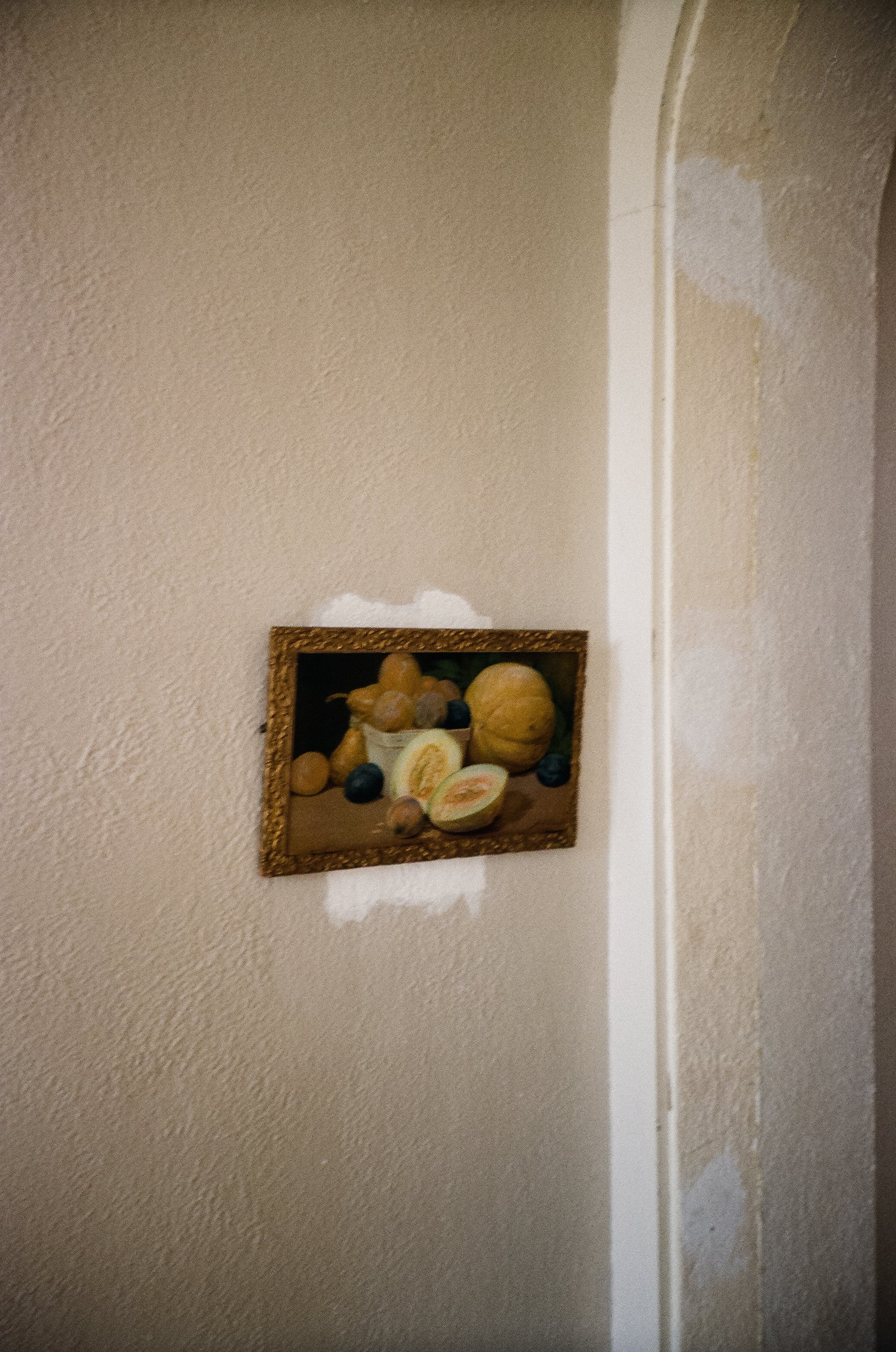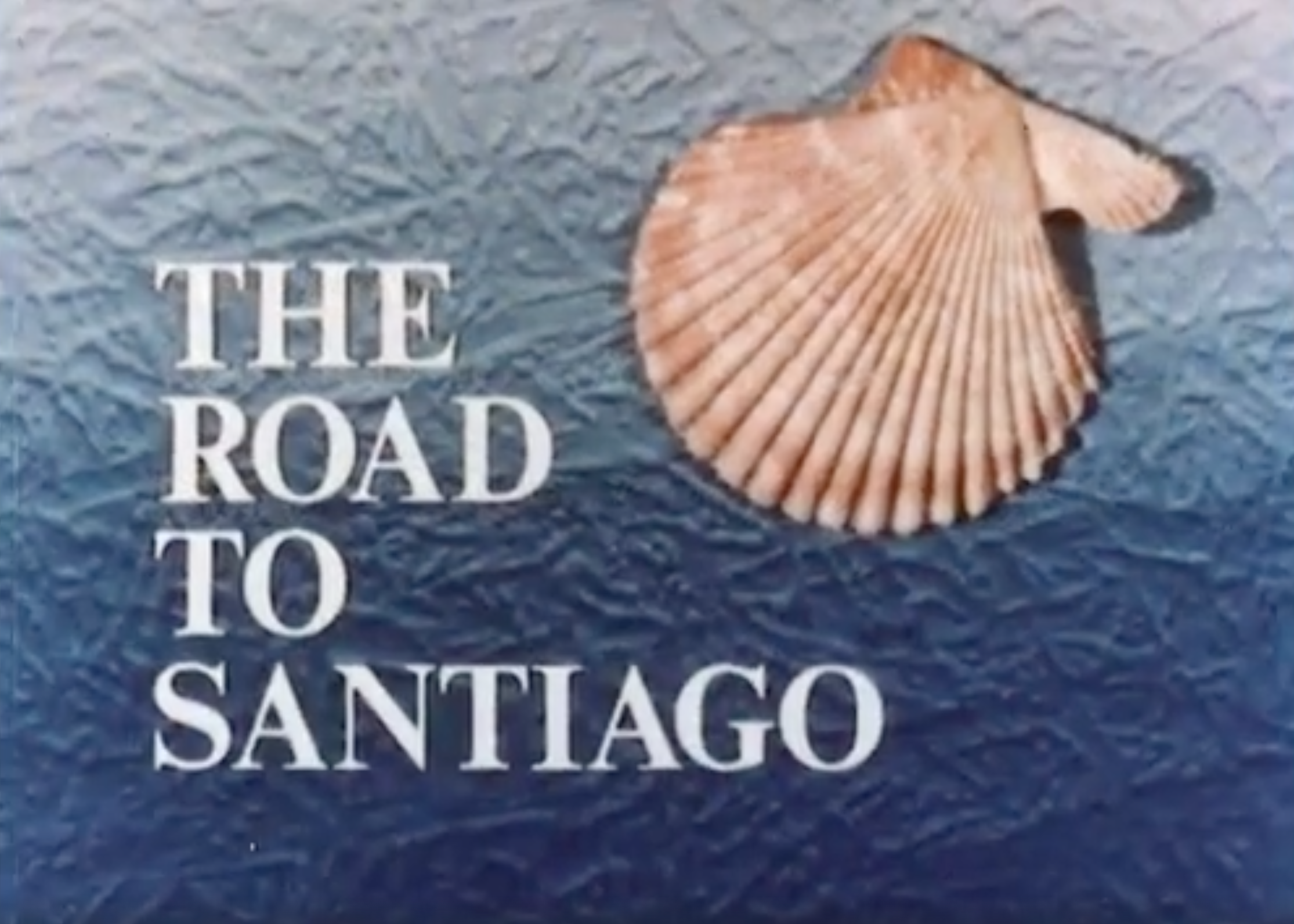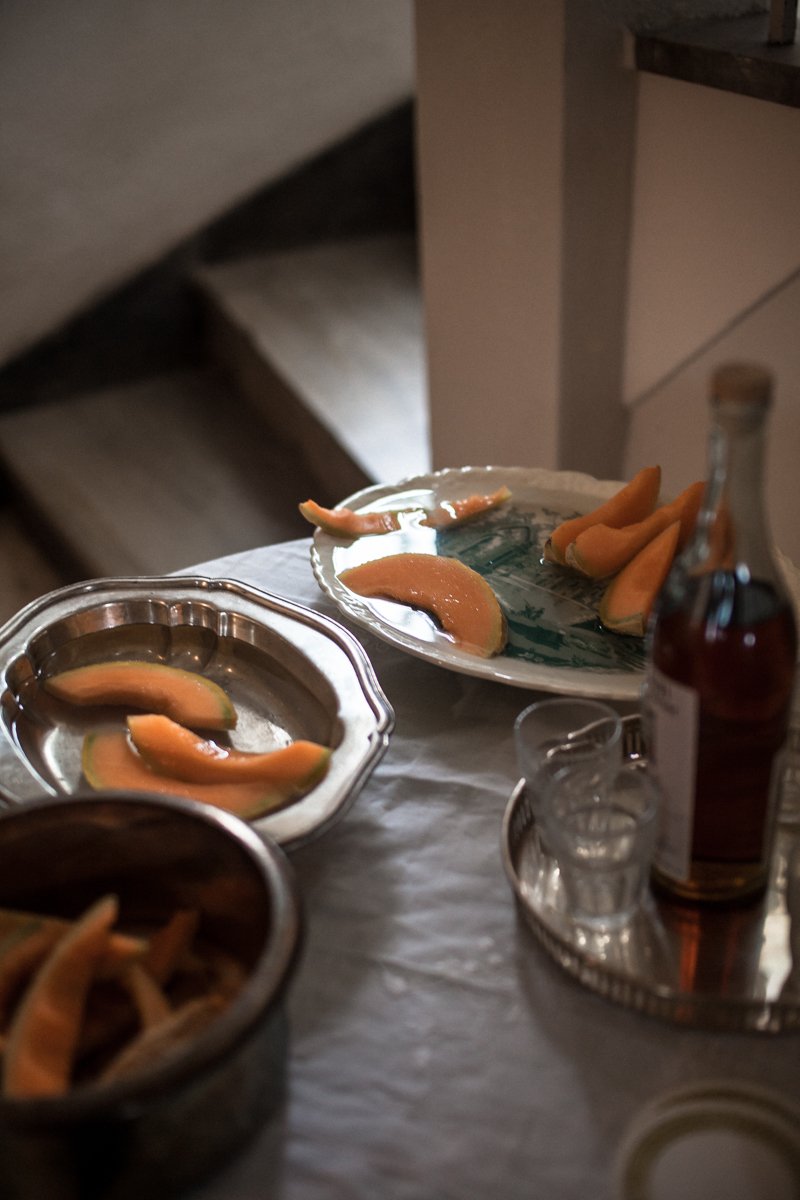a remembrance of things present
When approaching the end of our first year of Salonnière, and the overarching theme of Sustain, we wanted to commemorate the journey with a French Garden-style dinner, focusing on how patterns we find in nature can translate to the most significant journeys in life. We partnered with Aubrey Devin, an LA-based food stylist and photographer to create a food experience that captured the richness of the scallop shell story. Here you will find menu details + recipes to recreate elements of the evening -- with the hope that you can use the ritual of eating as a way to connect to the past, by being supremely present with her lovely food.
Her project, For the Corpse, a.k.a. "The Dinner Party of your Dreams", builds on her professional experiences in food and aesthetics and interprets the shared table through the ritual and culture. Follow along @forthecorpse.
According to the story of the Camino de Santiago, the shell emblem is a sign that we are on the right path as we make the metaphorical pilgrimage through life. In the fall of 2021, we hosted a dinner as an extension of the themes we had been exploring within Salonnière. It takes us on a journey through the Camino de Santiago, a pilgrimage route where a scalloped seashell has symbolized completion of the long journey, to Commercy, France where an eighteenth century village girl prepared her grandmother’s tried-and-true petite cake recipe in a scallop shell, the original Madeleine cake, to Combray, France where Marcel Proust reminisced about his childhood tasting of the snack in his 1913 autobiographical novel about involuntary memory, Remembrance of Things Past.
The Pilgrim's Guide to Santiago de Compostela by William Melczer
An integral part of the pilgrimage outfit was, and still is, the famous scallop shell that (since at least the eleventh century) constitutes the distinctive symbol of the Jacobean pilgrimage. Nearly all twelfth-century representations of St. James display it: the sculptures at Mimizan, Bayonne, Estella, and Santa Marta de Tera. This “concha venera” or the “pecten jacobeus” (according to some) or the “pecten maximus” (according to others) is found of course, in great abundance on the Galician beaches near Santiago.
Various medieval legends speak of a prince who, having fallen into the ocean waves, was rescued, covered with shells, by St. James; another legend speaks of a horse emerging from the waves of the ocean wrapped in shells. The various accounts belong to a beloved medieval topos whose stories are all patterned upon the Jonas legend. The delightful episode of the mother finding her child safe in the submarine grotto of St. Clement in the Sea of Azov, represented in the lower church of San Clemente in Rome, also belongs to the same cycle.
Santiago de Compostela, Spain The Camino de Santiago is a network of pilgrimage paths leading to the resting place of the apostle, Saint James. The routes were first carved by pilgrims in the Middle Ages, who made their way on foot from all over Europe. To guide the way for future travelers, they marked their trails with scalloped shells, the traditional symbol of Saint James. Along the roads, villagers provided accommodations and provisions, including small cakes baked into the hollow of emblematic seashells. A map of all potential routes leading to the destination mimics the fanned pattern of a scalloped shell.
Camino de Santiago Pilgrim Passport Since the Camino de Santiago’s medieval origins as a pilgrimage route, a scalloped seashell has symbolized completion of the long journey. Contemporary travelers collect stamps as they hike, bike and ride horseback along several paths to Santiago de Compostela. The Camino Pilgrim Passport houses the stamps, many of which feature the famed shell in their designs.
^ Siân Hopkinson, Madeleines
This project was featured in Monocle’s 2021 Entrepreneurs Issue / read more here
Our Salonnière Paper 01 dives deeper into this dinner (including recipes by For the Corpse) - subscribe here or a purchase a copy here.






























